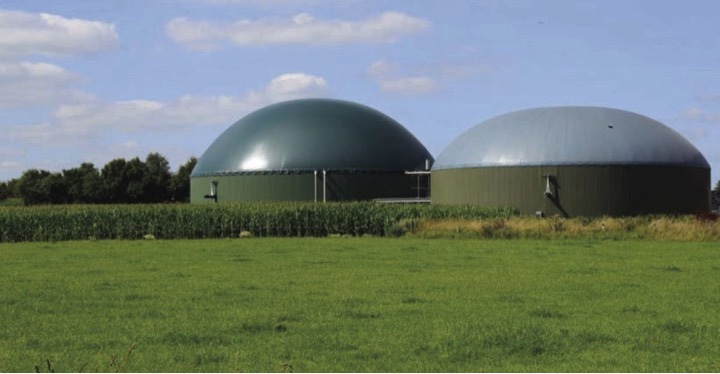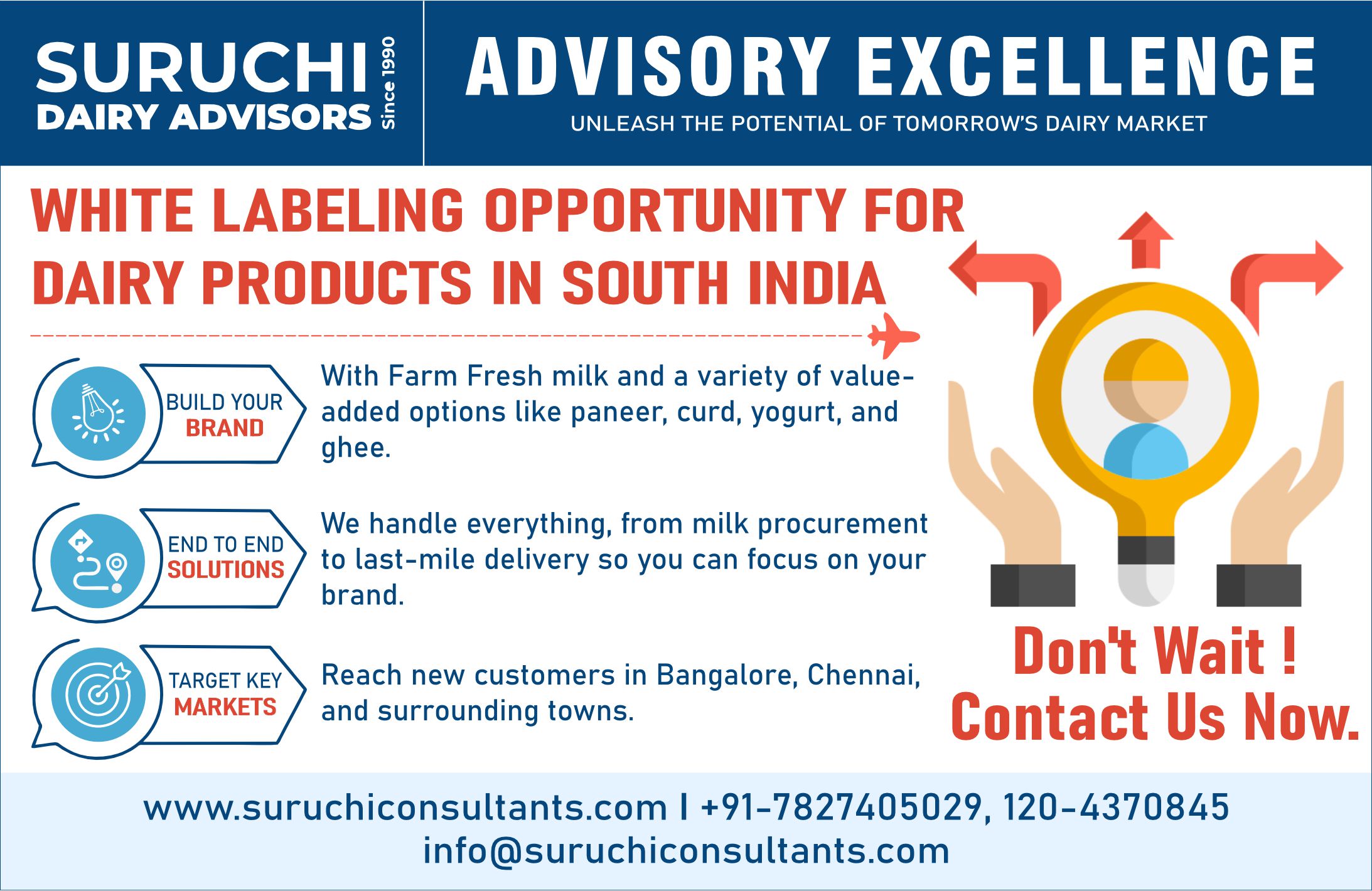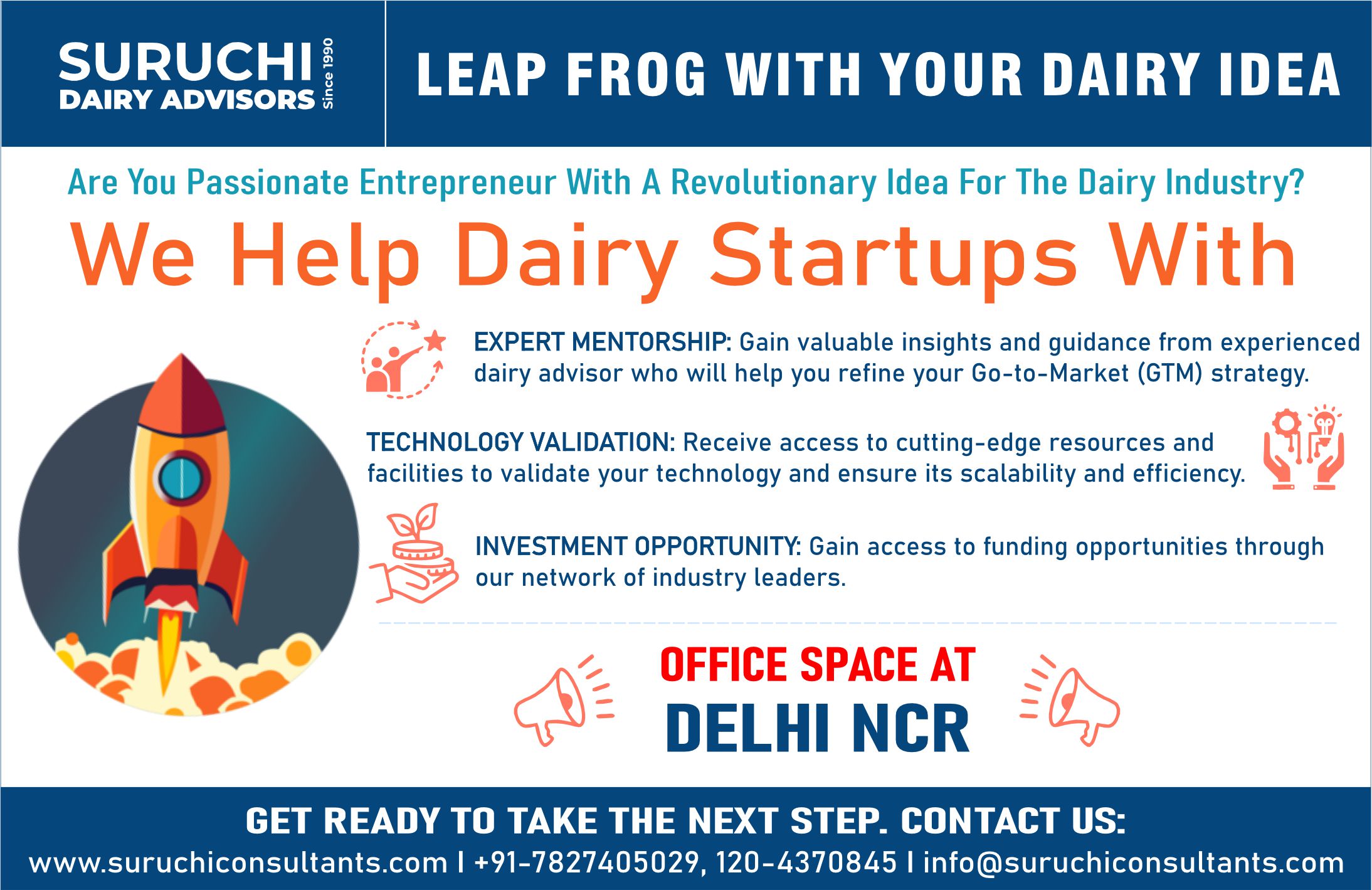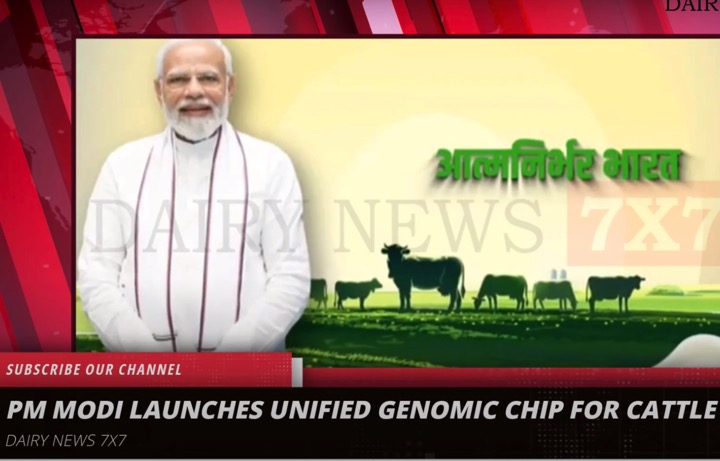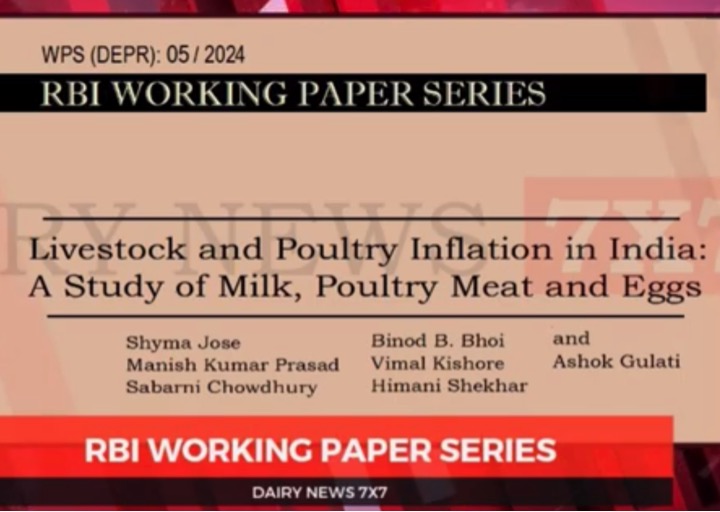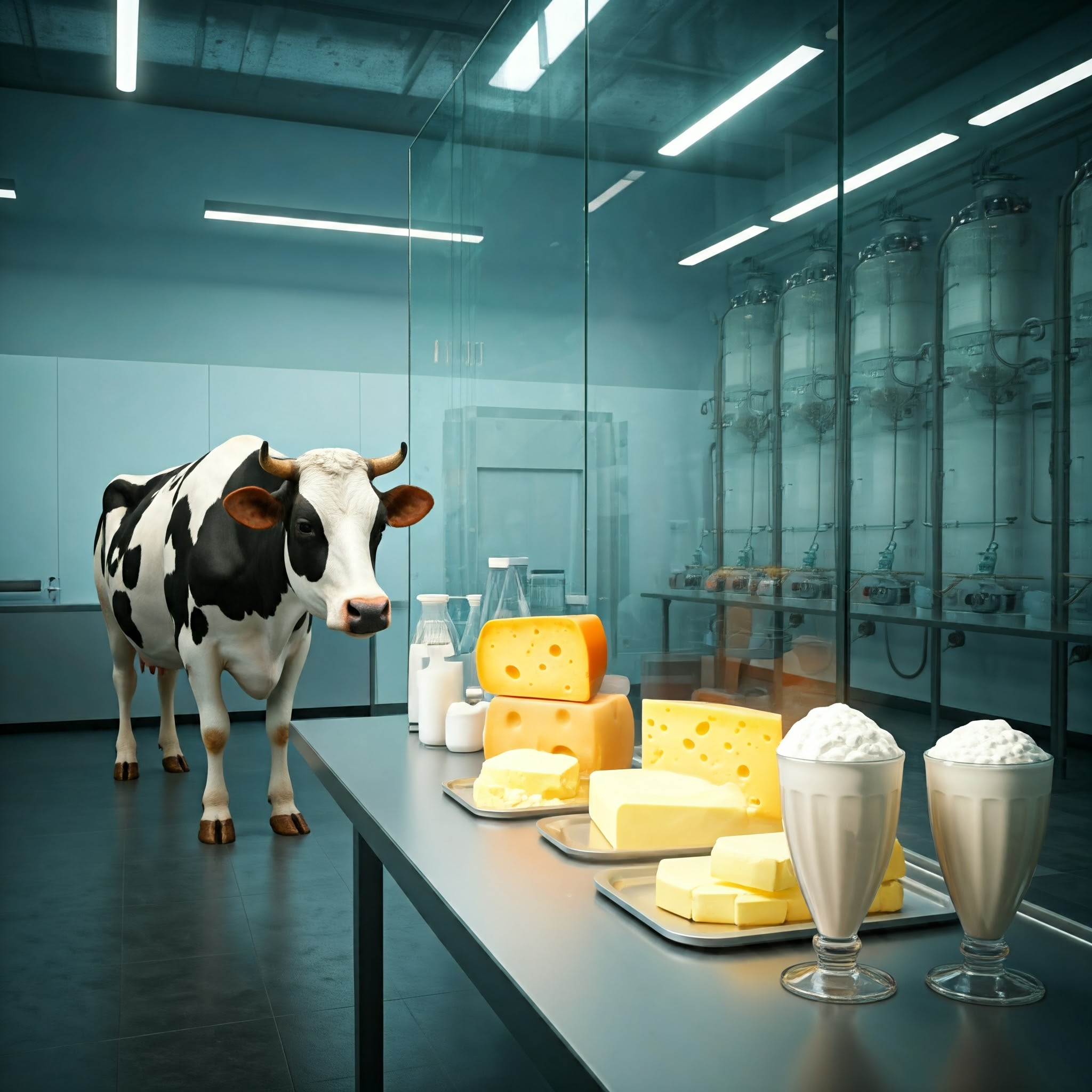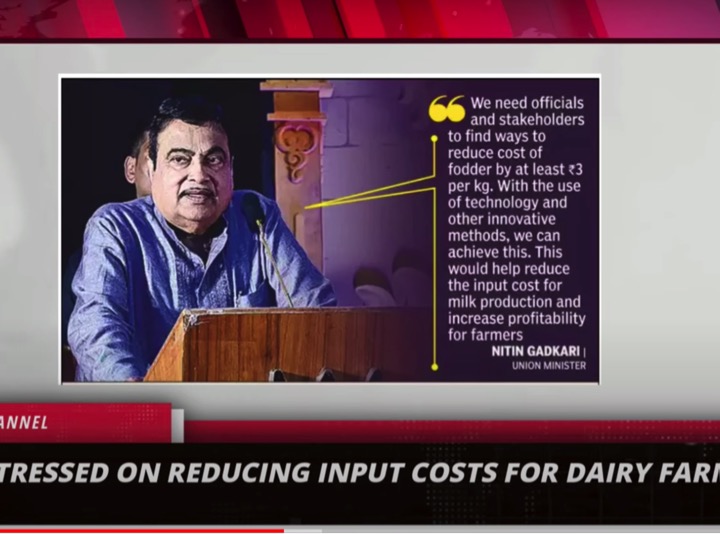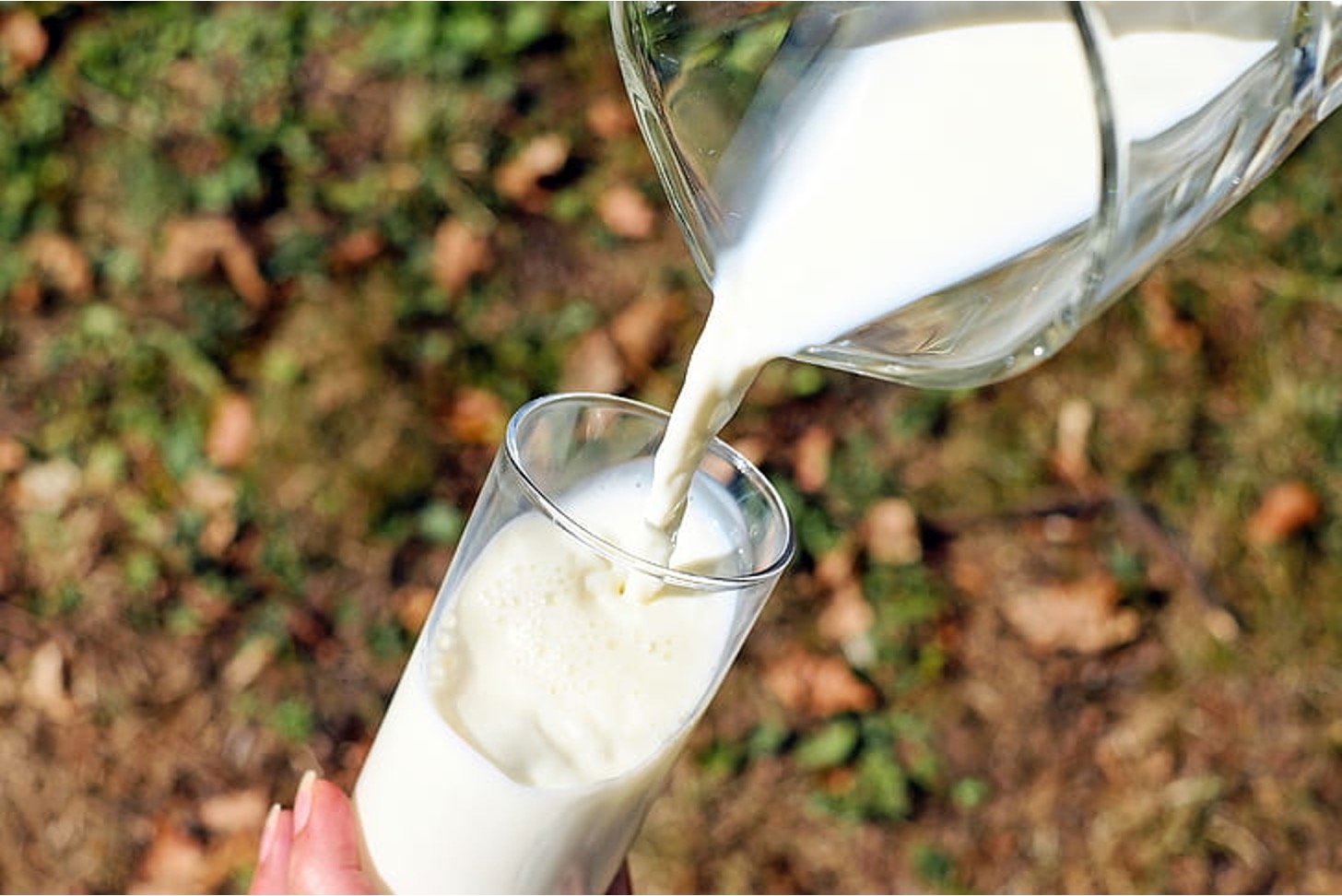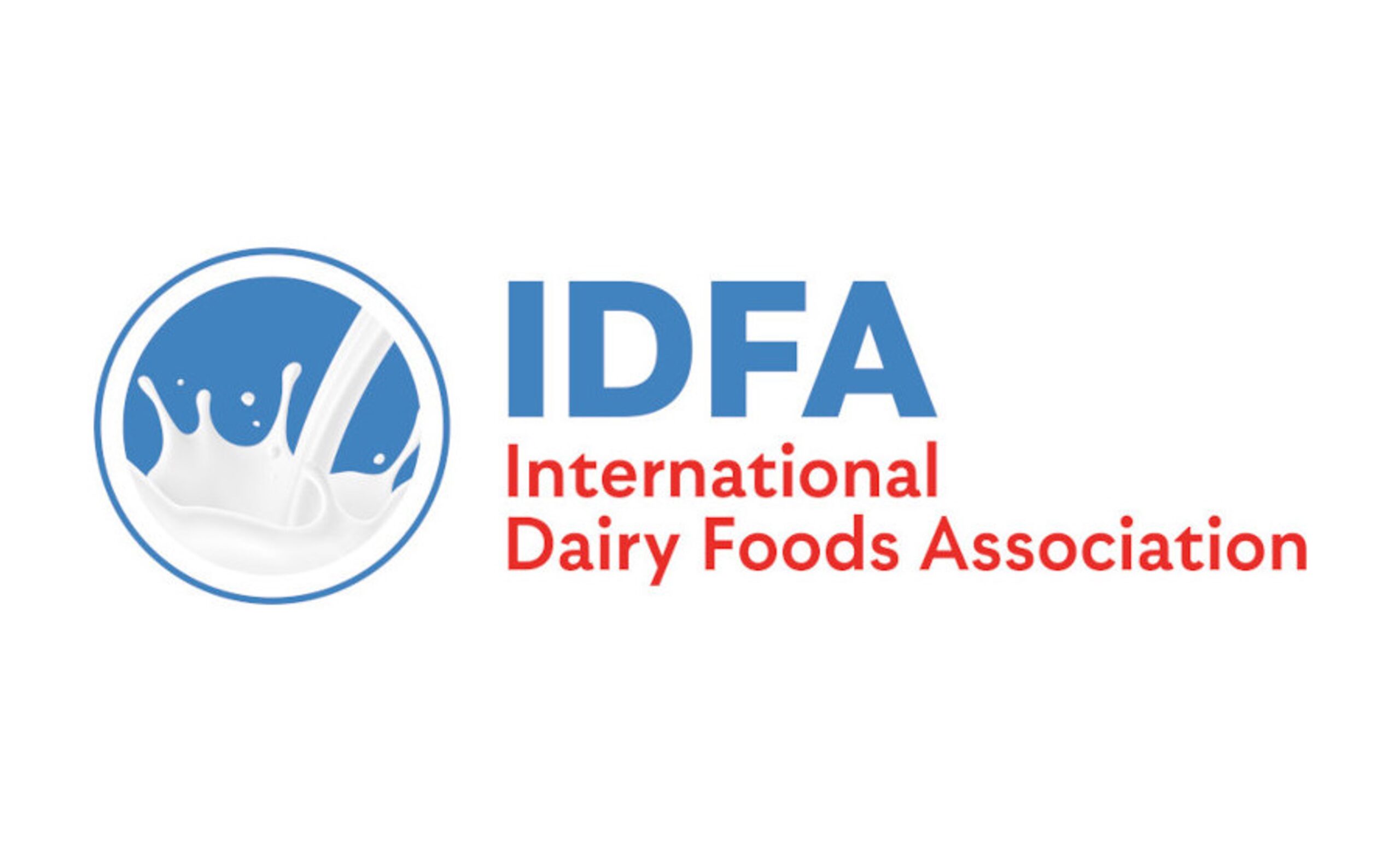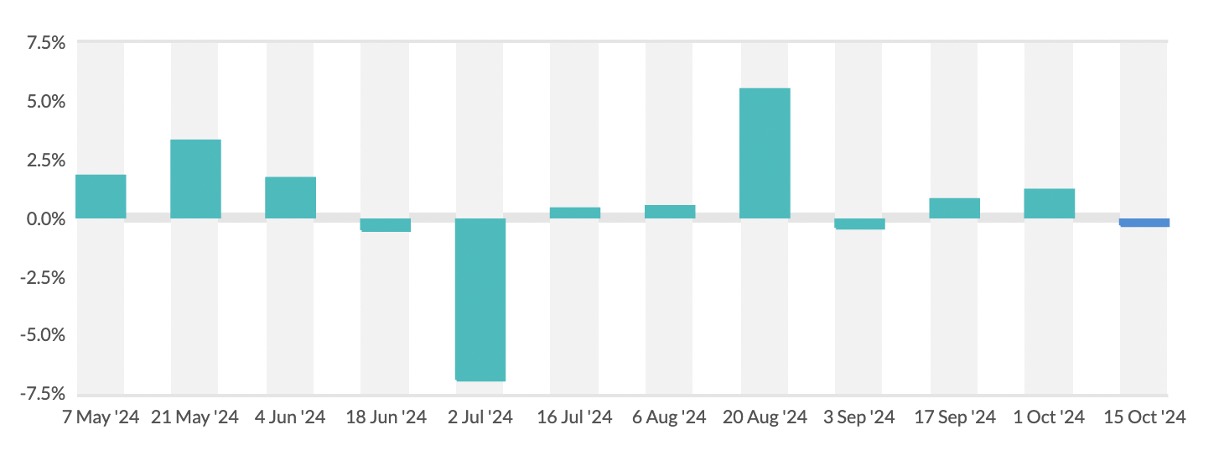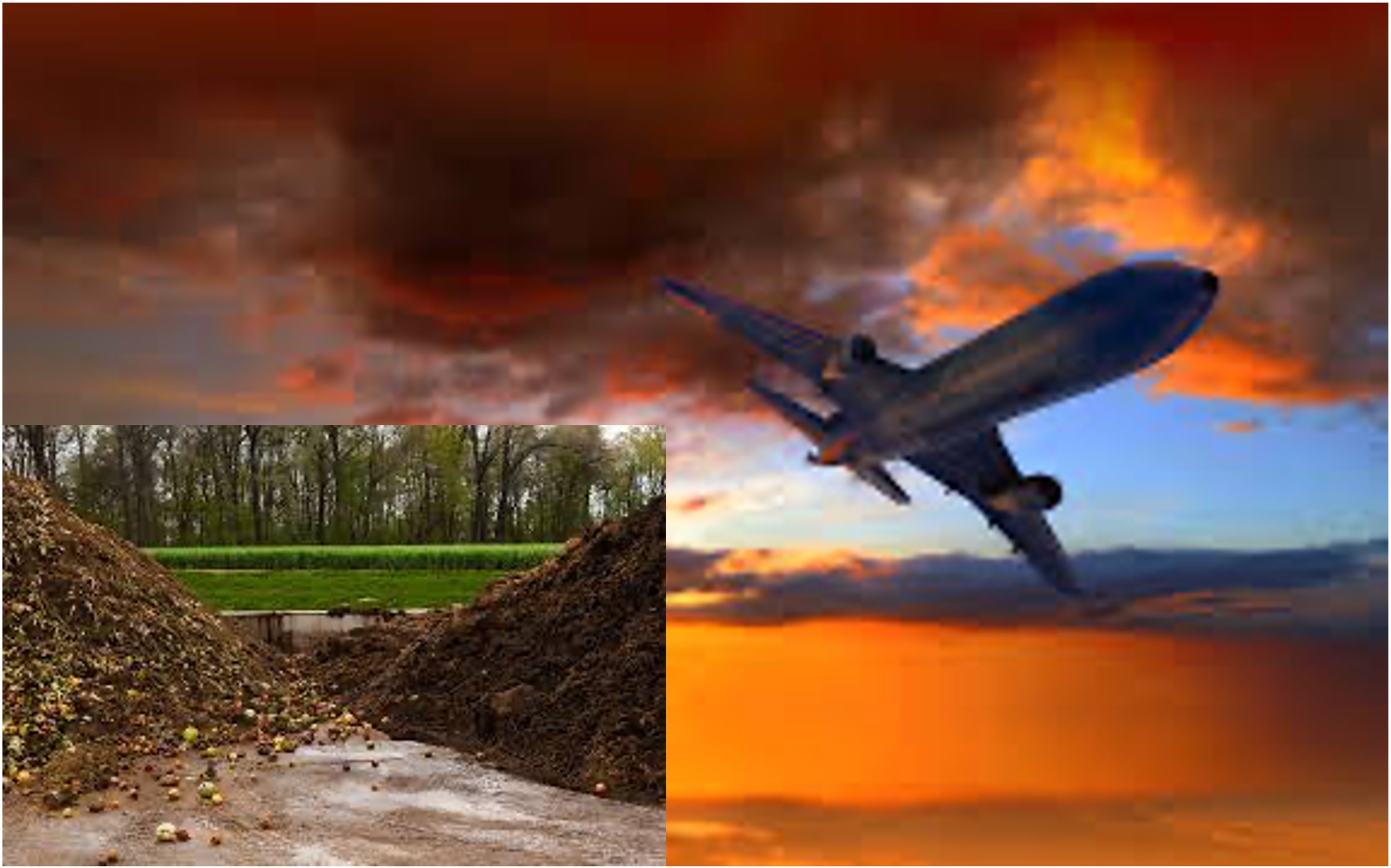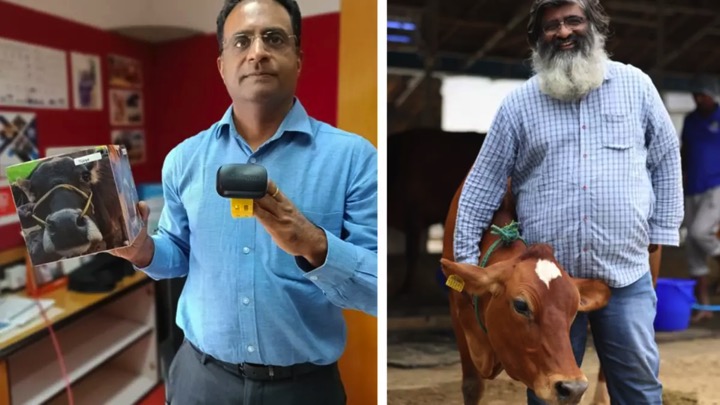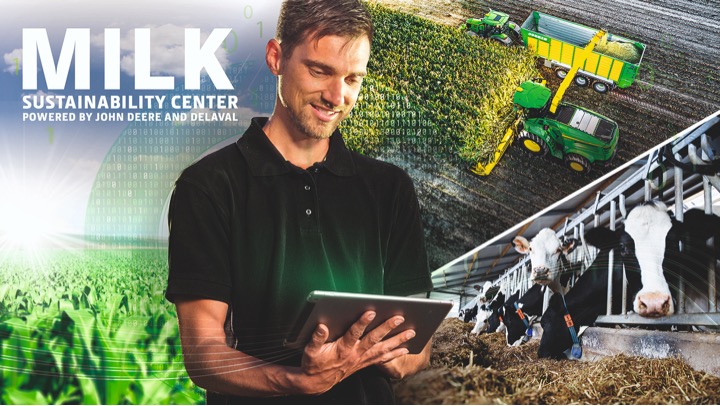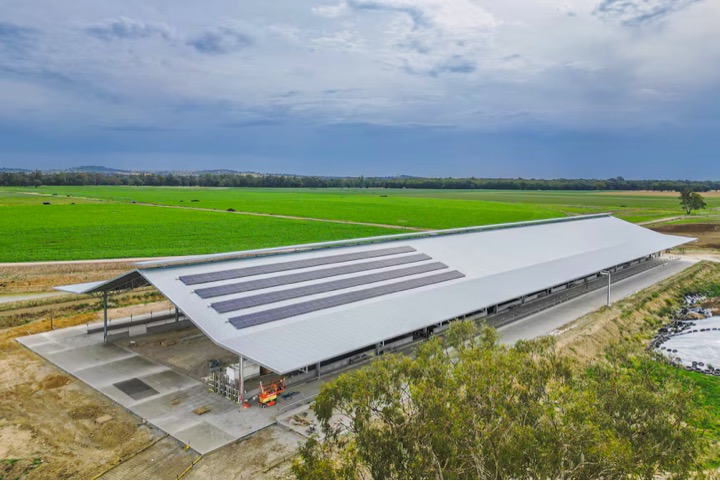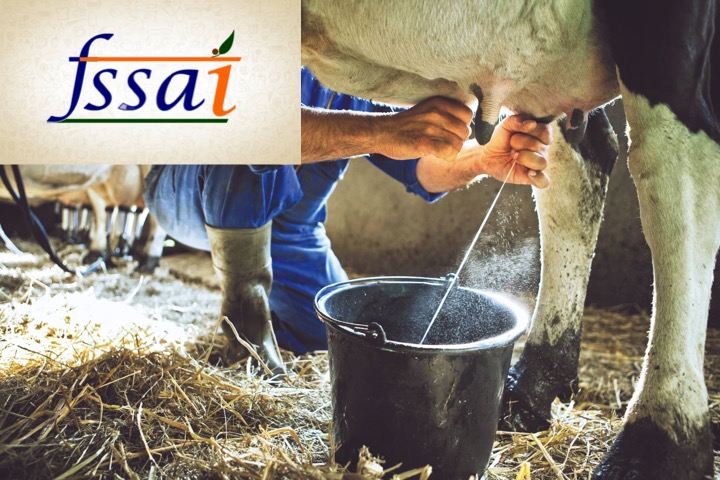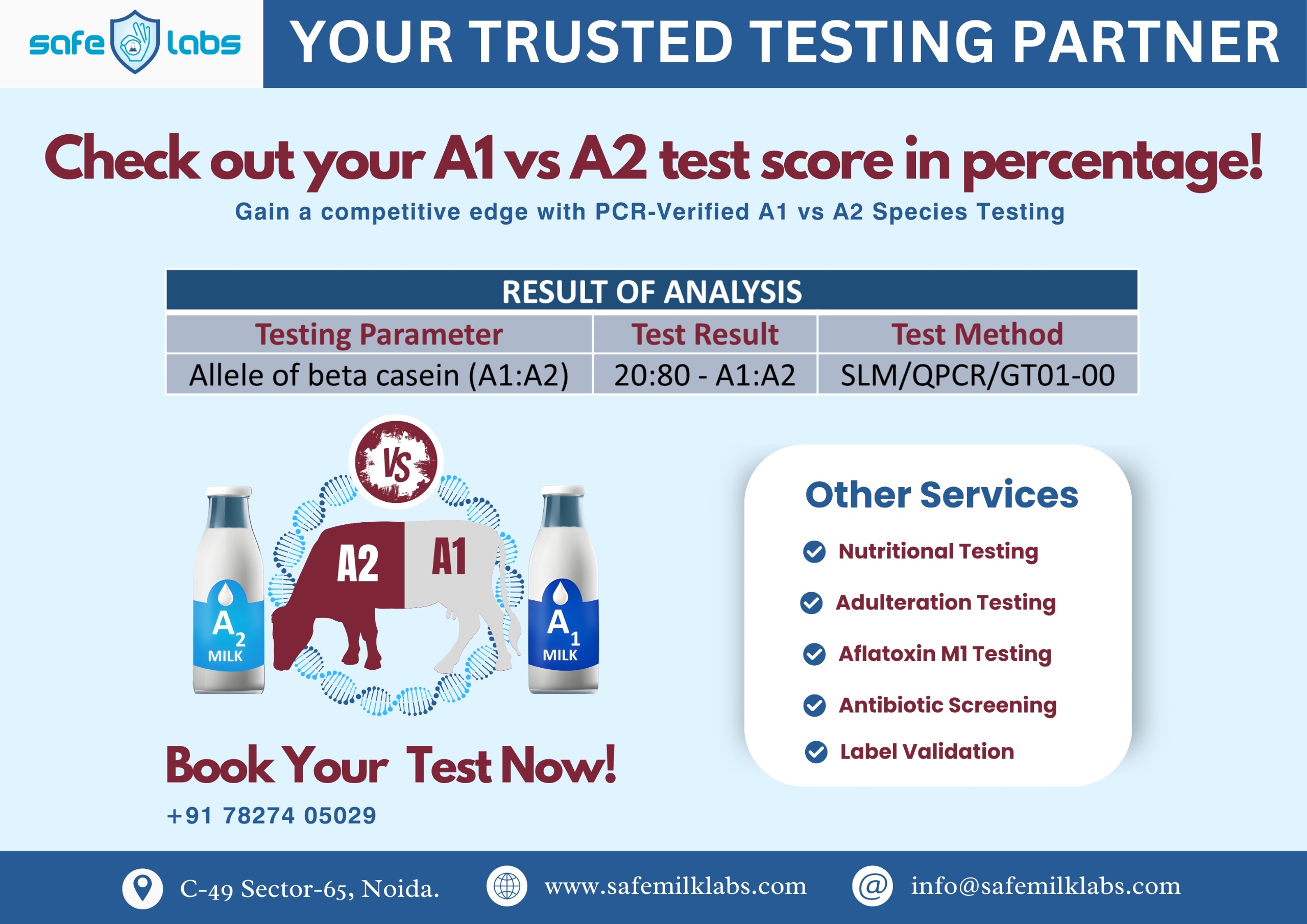Amidst the heightening concern with greenhouse gas emissions, the dairy industry has an important message they need to share: “Cows are not the problem, but they are part of the solution.”
Dr. Sara Kvidera made this statement during her presentation Feb. 27 at the 2024 Nebraska Dairy Convention in West Point. Her topic focused on how the dairy industry fits into the carbon market, as well as how dairy producers can reduce emissions while attributing value to their farms.
Kvidera is a dairy technical consultant for Elanco Animal Health, a pharmaceutical company for pets and livestock that has “committed to becoming a leading partner in animal protein sustainability and helping our customers achieve climate neutrality.”
Climate neutrality is the same goal shared by the dairy industry, which announced its commitment to achieve greenhouse gas (GHG) neutrality by 2050. The U.S. Dairy Net Zero Initiative is one of three industry-wide goals set by the Innovation Center for U.S. Dairy.
The Nature Conservancy organization praised the dairy industry for its “aggressive environmental stewardship goals” and expressed its commitment to working with the dairy industry and farmers to “find and implement climate solutions while improving the resilience of the farms, the livelihoods of producers, the lands and waters we all share.”

Kvidera clarified during her presentation that climate neutrality does not mean zero emissions.
“Absolute emissions by the dairy industry have increased over time with growing demand for food, but emissions from cows are a part of a natural biogenic cycle,” she said. “We can potentially make enough reductions to keep us from having any climate impact at all.”
That means no additional contribution to global warming.
Subtle on-farm changes can help the dairy industry achieve its sustainability goal, she said.
Under the assumption that cow numbers do not change, Kvidera the dairy industry can achieve climate neutrality by reducing energy use 52%, reducing enteric methane 18% and reducing manure emissions 30%.
Simply making changes on the farm is not enough to change public perception, though. Dairy producers must also vocalize their side of the story about sustainability, she said.
Consumers are being told that cattle are responsible for increased greenhouse gas emissions because cows burp methane. Methane is a natural byproduct of the digestion process for all ruminants. While measures can be taken to reduce methane emissions, care must be taken to avoid interfering with the natural processes within the cow, Kvidera said.
Furthermore, cows are not the only contributor of greenhouse gas. A U.S. Department of Agriculture report shows that agriculture accounted for 10% of U.S. greenhouse gas emissions in 2021, with livestock being 4% of that total. The largest emitters by economic sector were transportation at 28%, electricity at 25% and industry at 23%.

Emissions intensity of milk production, which is calculated in million metric tons of carbon dioxide emissions per kilo of milk produced, has been decreasing thanks to changes in milk production practices. On the other hand, absolute emissions—what is emitted into the atmosphere—have risen 41% in the dairy sector since the mid-1990s. Increased dry matter intake by cows has influenced this increase. Another contributing factor is storing manure in aerobic lagoons instead of spreading manure daily onto fields.
“It’s a trade-off between nitrogen runoff and methane,” Kvidera said.
Equally important to note is that milk production has boosted 53% since 1990, despite the number of cows falling by 5%.
“The dairy industry is doing more with less,” Kvidera said.
In 1990, there were 9.9 million dairy cows producing 67 billion kg of milk in the U.S., according to the USDA. In 2021, 9.45 million cows produced 103 billion kg of milk.
Sustainability has always been part of the dairy industry’s narrative. Ruminants are involved in the biogenic carbon cycle, and dairy cows are net contributors to the human protein supply.
“The beauty of ruminants is that they basically make their own protein out of low-quality feed. They take protein we can’t eat and convert it into protein we can,” Kvidera said.
Moreover, milk has the highest ratio of nutrient density to GHG emissions of all beverages, double that of soy drinks and more than seven times that of oat drinks, Kvidera shared during her presentation.
The dairy industry can capitalize on these positive attributes, and through the carbon market, dairy producers may find partners in sharing their story of sustainability.



